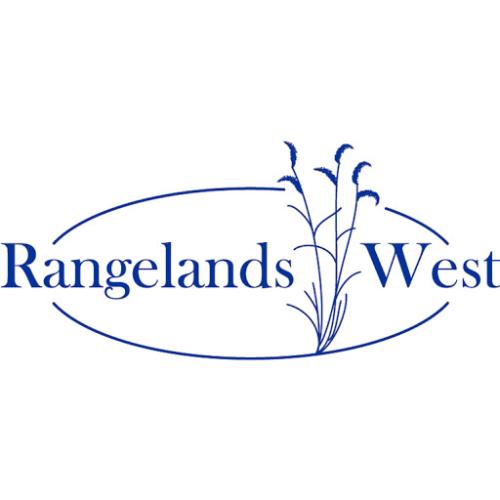Utilization of crested wheatgrass on a plant-by plant basis was studied using heifers for a six-week grazing period on foothill rangeland in Utah seeded almost 30 years previously. The cattle preferred medium-sized plants with basal areasranging from 11 to 200 cm2. Smaller plants seemed more likely to be damaged by trampling than by defoliation. Larger plants contributed relatively less to forage harvested, receiving some protection from grazing due to the physical impediment of standing stalks from old inflorescences. Many plants were not grazed at all (20 percent of plants with basal area larger than 10 cm2). The probability of regrazing was low (less than 17 percent) and most of it occurred after the first two weeks of grazing. Regrazing was concentrated on plants lightly grazed at first and on portions not previously utilized. There was an observable change in the character of grazing impacts during the grazing season. The number of small plants defoliated in a two-day period increased steadily for the first two weeks and then rapidly declined, reflecting an apparent shift in grazing behavior.

Articles, citations, reports, websites, and multimedia resources focused on rangeland ecology, management, restoration, and other issues on American rangelands.